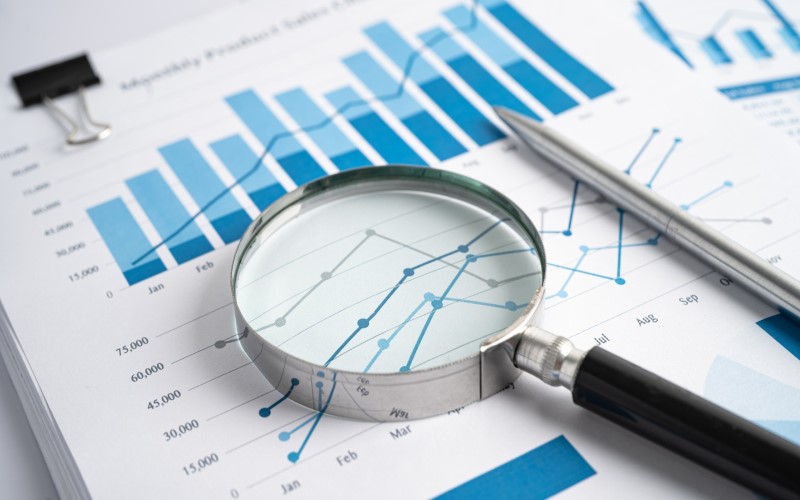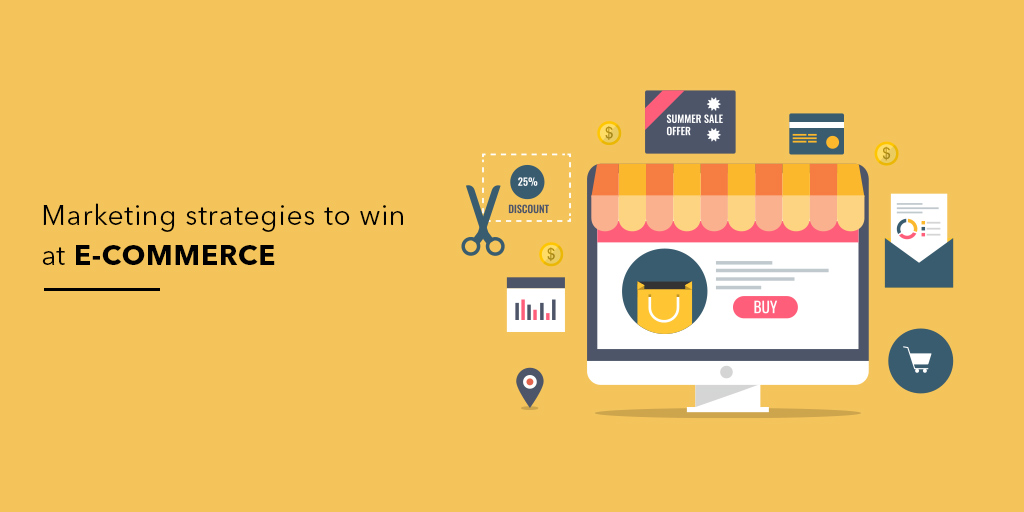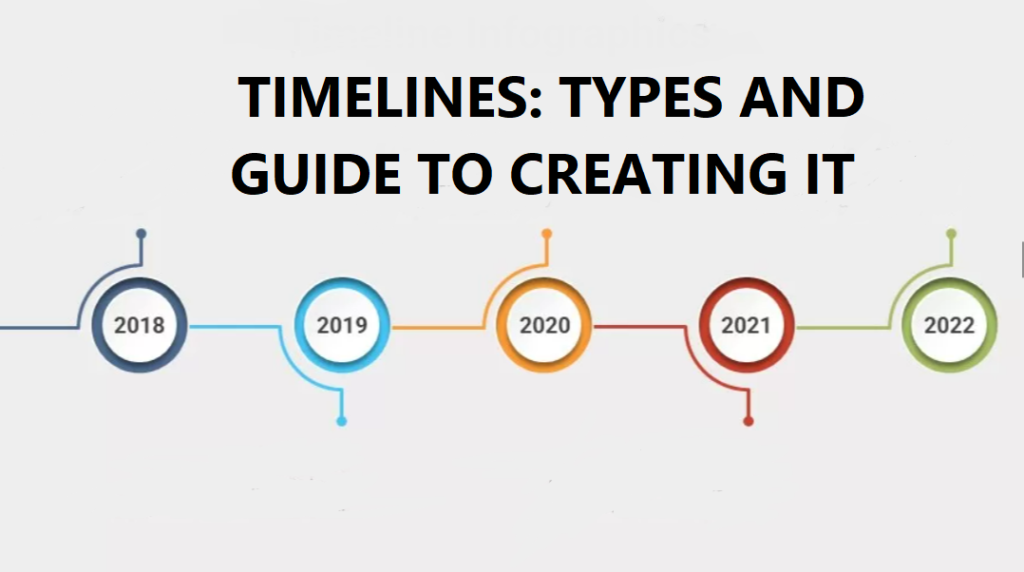Supply chain analytics is the process of collecting, analyzing and interpreting data from various sources to gain insights into supply chain operations. It uses statistical models, algorithms and predictive tools to identify patterns, trends and outliers within a supply chain network. This allows businesses to make data-driven decisions that improve efficiency, reduce costs and mitigate risks.
For supply chain managers, gaining visibility into every stage of supply operations is key to staying competitive. But how can businesses achieve this level of insight? The answer lies in the strategic use of supply chain analytics.
This blog post explores five proven strategies to enhance supply chain visibility using analytics. We’ll share how to leverage real-time data, predictive analytics, end-to-end integration, IoT and advanced risk management to optimize supply chain operations. Let’s dive in!
- Leverage real-time data for enhanced visibility
Real-time data monitoring is revolutionizing how supply chains operate. It provides instant access to critical information throughout the supply chain, allowing managers to respond swiftly to any disruptions or inefficiencies.
Imagine having a dashboard that updates in real-time, showing the status of shipments, inventory levels and transportation routes. This capability enables faster response times, helping in making informed decisions the moment something goes awry. Whether it’s rerouting shipments due to weather conditions or adjusting production schedules based on demand changes, real-time data ensures the supply chain stays agile.
Let’s look at a real-world example. A leading logistics company adopted real-time data monitoring and saw a significant reduction in delivery delays. By accessing live data, they could immediately address issues like traffic congestion or equipment failures, ensuring timely deliveries and improving customer satisfaction.
- Predictive Analytics for Demand Forecasting
Predictive analytics is a game-changer when it comes to forecasting demand. By analyzing historical data and identifying patterns, predictive models can forecast future demand, allowing businesses to adjust their supply chain operations accordingly.
The benefits are substantial. With accurate demand forecasts, companies can reduce stockouts and avoid overstocking, optimizing inventory levels to meet customer needs without excess. This proactive approach also allows for better resource allocation and planning, ensuring that production and logistics operations are aligned with market demands.
Consider a retail giant that implemented predictive analytics to foresee demand spikes during holiday seasons. By anticipating these peaks, they could increase production in advance, ensuring that products were available when customers wanted them, boosting sales and customer satisfaction.
- Achieving End-to-End Supply Chain Integration
Integrating data from all stages of the supply chain—suppliers, manufacturers, distributors and customers—is crucial for comprehensive visibility. This end-to-end integration ensures that all stakeholders have access to the same information, fostering better communication and collaboration.
When the supply chain is integrated, companies benefit from increased transparency. Everyone involved can see the same data, reducing misunderstandings and streamlining processes. This transparency facilitates faster decision-making and smoother operations, ultimately enhancing the customer experience.
Several tools and platforms facilitate this integration, providing a unified view of the supply chain. These include enterprise resource planning (ERP) systems and supply chain management software that consolidate data from various sources, ensuring a seamless flow of information across the supply chain.
- Leveraging IoT and Sensor Data
The Internet of Things (IoT) and sensor technology are transforming supply chain visibility by providing detailed real-time data about the location, condition and movement of goods. IoT devices such as GPS trackers and RFID sensors offer insights into the entire shipment process, from departure to delivery.
The benefits are clear. With IoT and sensor data, companies can improve shipment tracking, reduce losses and gain timely delivery insights. For example, if a shipment is delayed, sensors can provide real-time updates, allowing businesses to inform customers and adjust their plans accordingly.
A case study from the food industry highlights the impact of sensor data. A major food distributor used IoT to monitor the temperature and humidity of perishable goods during transit, ensuring product quality and compliance with safety regulations. This technology not only enhanced visibility but also reduced spoilage and improved customer trust.
- Advanced Analytics for Risk Management
Risk management is a critical component of supply chain operations and advanced analytics plays a crucial role in identifying potential risks. By monitoring external factors such as weather, economic conditions and supplier reliability, analytics can help anticipate disruptions before they occur.
Early risk detection through analytics allows businesses to minimize disruptions with contingency planning. For instance, if a supplier is likely to face production delays due to economic instability, companies can arrange alternative sources in advance, ensuring a steady supply of goods.
A leading automotive manufacturer serves as an example of effective risk management through analytics. By using advanced analytics to monitor geopolitical risks and supplier performance, they were able to identify potential disruptions early and develop strategies to mitigate them, ensuring a resilient supply chain.
The Path Forward
Incorporating analytics into supply chain operations is no longer optional—it’s a necessity. By leveraging these technologies and practices, businesses can build a more resilient supply chain that can withstand disruptions and adapt to changing market conditions. With real-time insights and predictive capabilities, companies can stay ahead of the curve and drive success in an increasingly competitive landscape.





